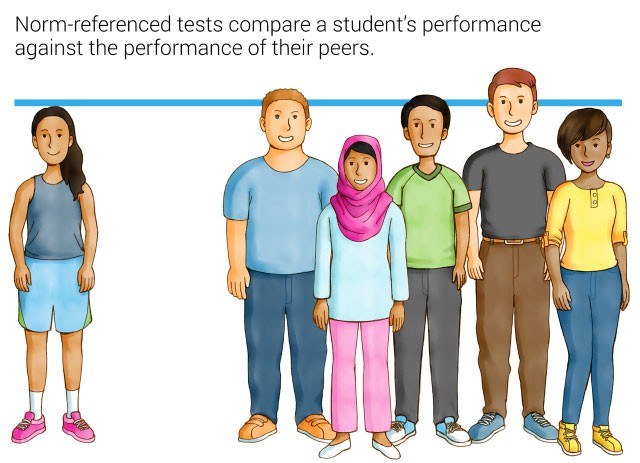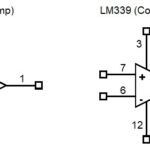A norm-referenced assessment compares an individual’s performance to the performance of a larger group, known as the norm group. This type of assessment helps determine how an individual’s skills or knowledge rank compared to their peers. Understanding the nuances of norm-referenced tests, and how they differ from criterion-referenced tests, is crucial for educators and anyone interpreting assessment results. This guide will delve into these concepts, using real-world examples and exploring the implications for student learning and growth.
Criterion-Referenced vs. Norm-Referenced Tests: Understanding the Difference
While both assess knowledge and skills, the core difference lies in how results are interpreted. A criterion-referenced test measures performance against a pre-defined standard or learning objective. A passing score indicates mastery of the specific skill or concept, regardless of how others perform. Conversely, a norm-referenced assessment focuses on relative performance, indicating where an individual stands compared to a representative group.
Interpreting Criterion-Referenced Tests: Measuring Against a Standard
Imagine a height requirement for a carnival ride. The height chart represents the criterion. Each person’s height is measured against this fixed standard. Whether or not someone is tall enough to ride depends solely on their height, not on how tall or short others in line are.
Criterion-referenced tests function similarly. A student’s score reflects their mastery of the subject matter, independent of other students’ performance. A “proficient” score indicates meeting the pre-determined standard.
Interpreting Norm-Referenced Tests: Ranking Performance Among Peers
Think of a baby’s weight percentile chart at the doctor’s office. A baby in the 75th percentile weighs more than 75% of babies in the same age group. This doesn’t necessarily indicate a healthy or unhealthy weight, only how the baby’s weight compares to others.
Norm-referenced tests work in the same way. A student’s percentile rank indicates their standing relative to the norm group. A high percentile signifies performance above average, while a low percentile signifies performance below average.
Norm-Referenced and Criterion-Referenced Scores: When Tests Provide Both
Many assessments, including universal screeners, provide both types of scores. This can lead to seemingly contradictory results. A student might have a high percentile rank (outperforming peers) but not meet the proficiency standard. Conversely, a student could have a low percentile rank but still achieve proficiency.
In such cases, educators must use professional judgment, knowledge of the student, and understanding of standards to interpret the results effectively.
The Importance of Student Growth Percentiles (SGP)
While gains measure the simple difference between two scores, growth, specifically Student Growth Percentiles (SGP), provides a more nuanced perspective. SGP compares a student’s growth to that of academic peers with similar score histories. This helps identify students exceeding, meeting, or falling short of expected growth.
How Norm-Referenced Assessments Guide Intervention
Norm-referenced assessments, particularly universal screeners, are vital for identifying students at risk and guiding interventions. By comparing performance to national norms, educators can determine which students require additional support. Progress monitoring tools, often also norm-referenced, track student progress during interventions, informing instructional adjustments and evaluating intervention effectiveness.
Conclusion: A Holistic View of Student Performance
Both norm-referenced and criterion-referenced assessments are valuable tools for understanding student performance. While a norm-referenced assessment compares an individual’s performance to that of their peers, providing a relative ranking, criterion-referenced assessments measure against a fixed standard. Used together, these assessments offer a comprehensive view of student achievement, growth, and needs, empowering educators to make informed decisions to support student learning.


